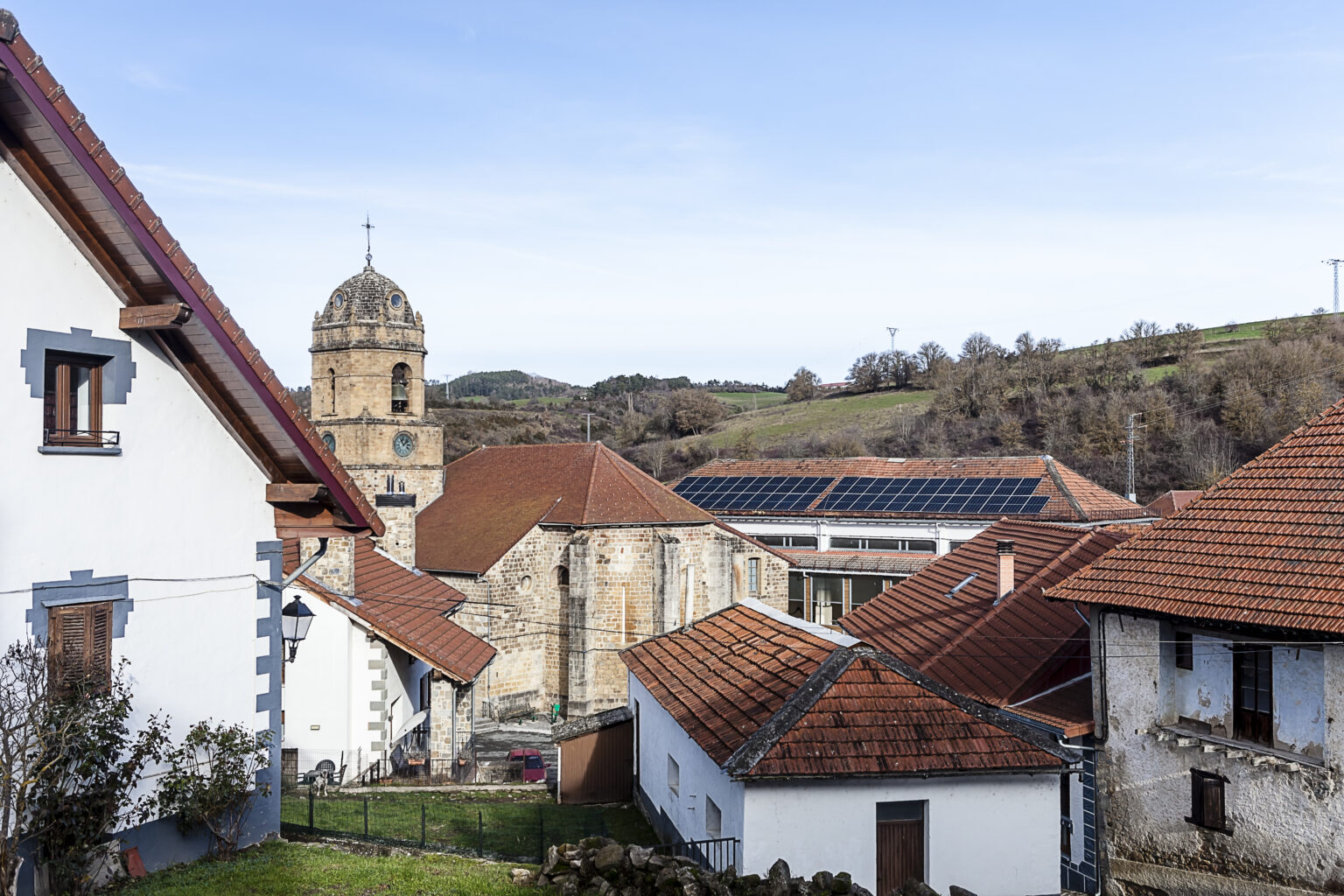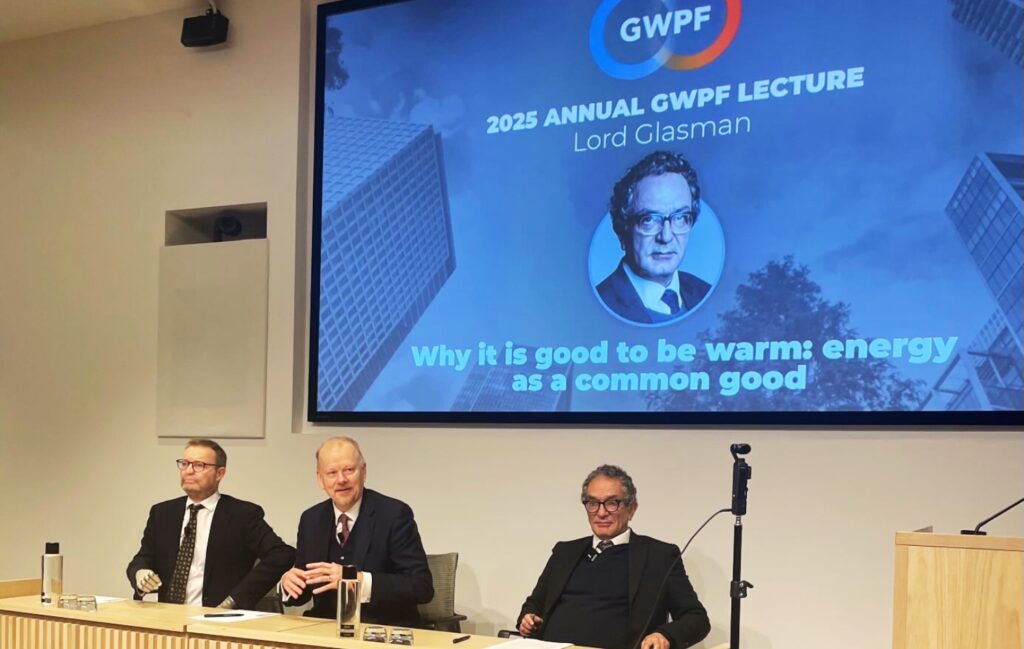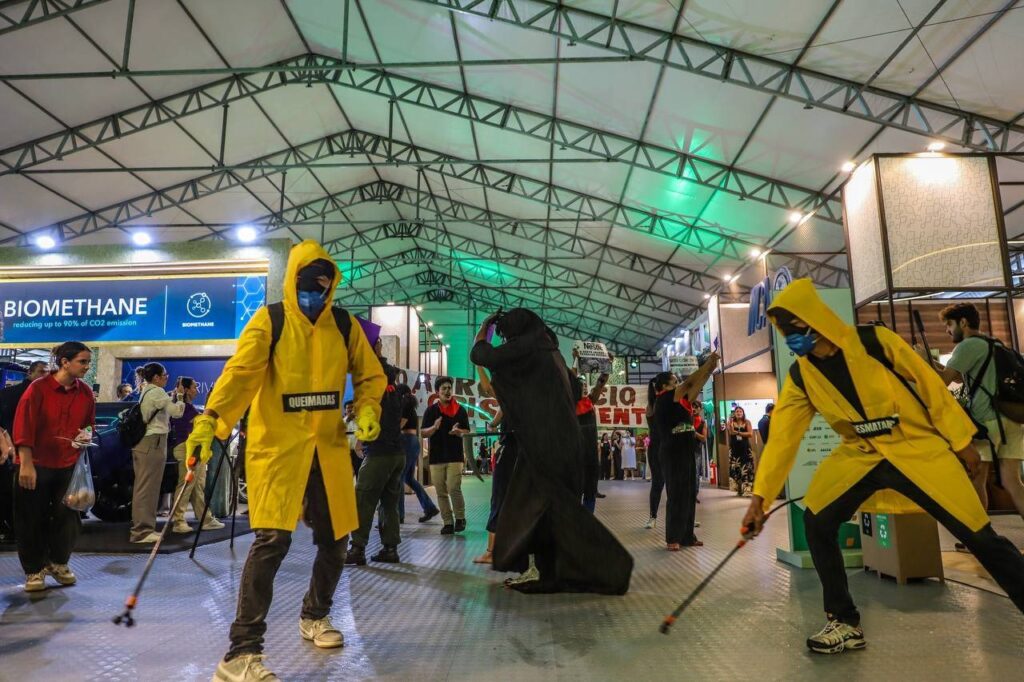This story was developed with the support of Journalismfund Europe.
For decades, advocates of renewable energy have argued that solar panels and wind turbines can be so much more than clean sources of power. By allowing communities to come together to generate their own electricity, small-scale projects can serve the twin goals of decentralising power markets and fostering democratic participation. And that’s before counting the savings for members on their monthly bills.
This vision appeared to come a step closer to reality in 2020, when the European Union allocated 750 billion euros in NextGenerationEU post-pandemic recovery funds to boost green and digital industries.
Though energy communities have a long history in countries such as Germany and the Netherlands, Spanish supporters of local wind and solar farms had been frustrated by their government’s scant support — despite the country’s abundant sun and wind. So there was relief when the government announced in January 2022 that it would award the energy communities sector 100 million euros from its 160 billion euro share of the NextGenerationEU funds to cover solar panels, planning, fees, and other costs.
Three years later, a DeSmog review of official data shows that almost half the 77.6 million euros in subsidies granted so far has gone either to projects managed by Repsol, a Madrid-based multi-national oil company whose portfolio is dominated by its oil refining, fuel retailing and petrochemicals businesses, as well as seven private sector energy consultancies.
While these subsidies are not awarded to the companies directly, critics are concerned that by locking energy communities into long-term contracts for management, marketing, design, technical, and other services, the private sector is reaping a disproportionate benefit from the funds.
“Energy communities…not only reduce dependence on fossil fuels but also keep the profits in the hands and pockets of locals”, said Dirk Vansintjan, founder of REScoop.eu, the Brussels-based European federation of energy communities. “The energy transition will not succeed when profit-driven businesses skim off the profits.”
‘Models That Listen’
Of 77.6 million euros in subsidies awarded to 151 Spanish energy communities since 2022, DeSmog’s review found that 24.3 million euros — 31 percent of the total — has gone to 28 projects managed solely or in part by two Repsol subsidiaries, Ekiluz and Edinor.
Just over half of that sum — 14.4 million euros — went to 13 projects managed by Ekiluz, a joint venture established by Repsol and the Mondragón Corporation (a federation of workers’ cooperatives in Spain’s northern Basque region) which is now wholly owned by Repsol. The remaining 9.9 million euros went to 15 projects run by Edinor in neighbouring Navarra.
Private sector consultancies also benefited indirectly from the subsidies. More than 14 million euros — about 18 percent of the total — went to 23 projects managed by seven consultancies: MásInteligencia (6.1 million euros); CEM-Comunidades Energéticas de Castilla-La Mancha (3.7 million euros); Sapiens (1.8 million euros); Senda (758,000 euros); CEL Management (737,000 euros); Valsolar (560,000 euros); and DS Consultores (549,000 euros).
In response to a detailed set of questions regarding the operations of Edinor and Ekiluz, Repsol says its support for energy communities is part of wider plans to help Spain reduce its dependence on fossil fuels, which include investments in renewable power. “Repsol views distributed generation as a key component in the energy transition,” a spokesman said. “This is why the company has developed different energy communities’ models in recent years.”
The consultancies argue that they play a vital role in helping grass-roots groups to get energy community projects off the ground.
“We offer people the energy sovereignty they need,” said Pedro Antonio Fuentes, CEO and founder of MásInteligencia. “Our services are like any other professional services. We’re not subsidy-hunters. In fact, we don’t receive the subsidies — we obtain them on behalf of energy communities.”
Apart from Valsolar, which did not respond to a request for comment, the other consultancies identified in the DeSmog review also emphasised their support for citizen-led groups.
“I don’t recognise the criticism at all; quite the opposite. The success of our model lies, in part, in the fact that community members don’t need to make any initial investment,” said Jorge Montes, director of CEL Management. “We create the energy community from scratch, and only then, on behalf of the community, we apply for subsidies.”
But campaigners say that outsourcing of so much design and management to the private sector undermines the spirit of 2018 and 2019 EU directives backing energy communities — which aim to encourage local participation and keep profits in the hands of locals.
“The beauty about energy communities is that no two are the same,” said Maria Prado, of Greenpeace Spain. “This is why top-down models don’t work. We need models that listen to local needs.”
‘More Convenient‘
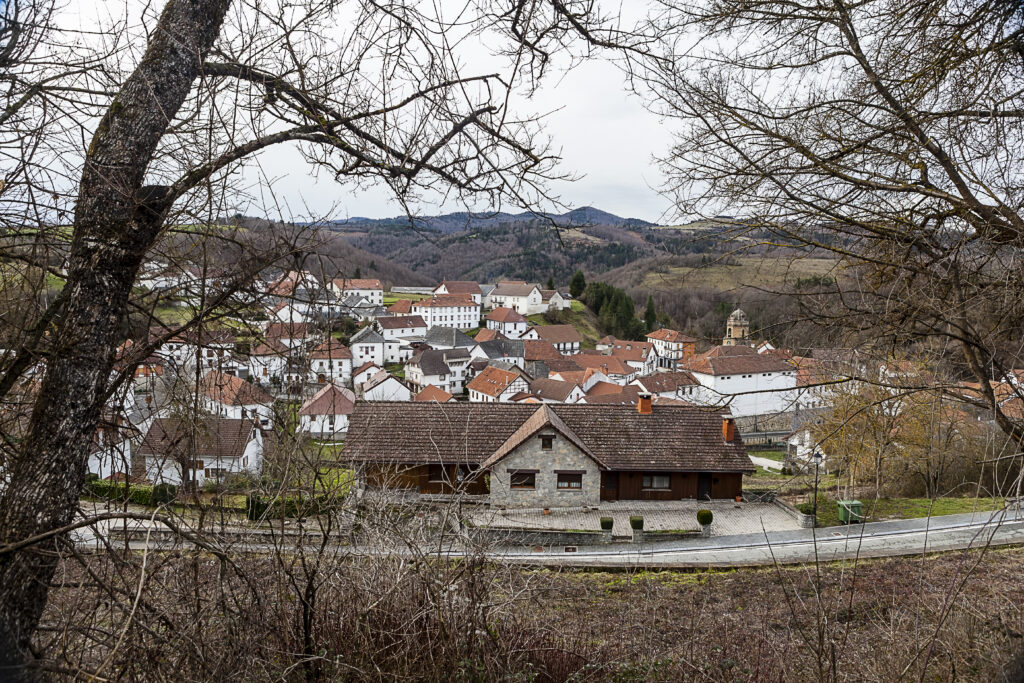
Projects managed by Repsol subsidiary Edinor in Navarra are emblematic of critics’ concerns.
In November 2022, officials in Jaurrieta — a village about 80 kilometres (50 miles) from the regional capital Pamplona — struck a deal to lease Edinor space to install solar panels on public rooftops rent free for 15 years. The agreement was part of a wider deal to secure Edinor’s support to establish an energy community for the village’s mostly elderly 200 residents.
The lack of an open call for other proposals or bids worried critics. They allege that councils are waiving mandatory public tenders for the installation of solar panels to sweeten the deal for Edinor, and allow the company to lock communities into long-term dependence on its services.
“They [energy companies] are trying to replicate this model in all regions”, said Publio Galán, a legal adviser at the Spanish cooperative EnVerde, which offers nonprofit energy community advisory services. “This is where we must remain vigilant.”
Repsol subsidiary Ekiluz has also faced accusations of stifling competition by requiring members of its energy communities to source back-up power from the company at times when local demand outstrips supply, such as during the night or on cloudy days when battery storage is not available.
Repsol did not respond to specific questions about Edinor and Ekiluz in its statement to DeSmog.
Pachi Yanguas, project manager at Navarra’s Chamber of Commerce, defended Jaurrieta’s arrangement with Edinor, saying the terms were in line with the project’s nonprofit status.
“The Chamber of Commerce, in collaboration with Edinor and with support from the Spanish government, developed a sort of turnkey solution by leveraging public buildings,” Yanguas said. “After that, of course, the owner of the solar panels is the energy community.”
Other municipalities in Navarra followed Jaurrieta’s example, with 25 councils joining Jaurrieta in an Edinor-managed energy community known as Toda Navarra I, and another 37 joining a similar project, Toda Navarra II. In October 2022 and December 2023, the Spanish government approved subsidies of over four million euros for the two initiatives.
But not everyone in Navarra was convinced.
‘Long and Sometimes Tough’
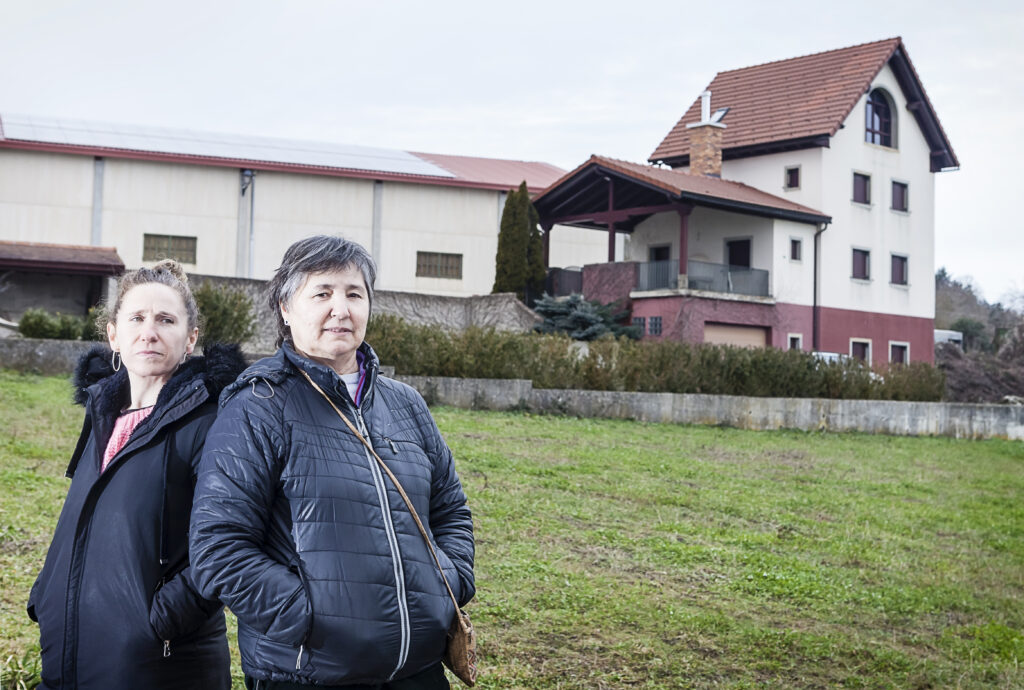
Eschewing the standard model rolled out by Edinor, about a dozen residents in Abaurrea Alta — a village of about 90 people not far from Jaurrieta — decided to design an energy community themselves. In September 2021, they teamed up with Ko-energia, a nonprofit consultancy supporting the development of citizen-driven energy communities, to build a project based on local participation.
“It was long and sometimes tough, which led some people in the core group to drop out,” said Edurne Bidondo, a physiotherapist and one of the founders. “We’re not experts in any of this, but we’ve put in a lot of time and effort.”
Bidondo said that since 2023, when the project began generating energy, her annual electricity bill has dropped by between 240 and 480 euros — roughly quadruple the savings in Jaurrieta, where Mayor José Manuel Narvaiz estimates the Edinor-run energy community has reduced bills by 80-100 euros per year.
Greater community involvement may explain at least some of the difference. Jaurrieta’s energy community is overseen by the board of Toda Navarra I — which consists of two mayors from other towns and a businessman managing multiple companies, ranging from advertising to real estate services. In Abaurrea Alta, the three board members are all locals.
“Our model is much broader, which is something we value and believe is the right approach,” said board member Blanca Carballo, a teacher.
In Jaurrieta, Mayor Narvaiz conceded that the Edinor-backed model values convenience above participation.
“Maybe (Abaurrea Alta’s) model feels more village-like, more community-driven. You build it yourself, and it’s yours,” Narvaiz said, speaking in Jaurrieta’s council hall. “But we found this other model more convenient.”
Exponential Potential
There are some 9,000 energy communities operating across the European Union, involving 1.5 million people, according to a survey published last year. Advocates say that Spain’s situation is emblematic of the many countries where greater government backing could allow towns and villages to play a much bigger role in the transition away from fossil fuels.
In common with counterparts across Europe, the 353 energy communities in Spain mostly generate solar power, according to mapping by Ecodes, a nonprofit consultancy. Ranging in size from fewer than 20 to more than 500 participants, these groups sidestep the unpredictability of price swings on international power markets, and enjoy savings of 10 to 30 percent on their annual bills, according to a 2019 Spanish government study. (SEV, an Italian energy community in South Tyrol, famously hasn’t raised tariffs in more than 20 years).
The Spanish energy communities that have received direct government subsidies have an installed capacity of 67 MW, according to official data — which represented 0.26 percent of the country’s total installed capacity of 25,549 MW in 2023.
That might not sound like much. But with the right mix of policies and incentives, the installed capacity of energy communities in Spain could multiply more than twenty-fold by 2030, according to research by Friends of the Earth Spain. A more decentralised energy system would also be less prone to the kind of massive power outage that hit Spain, Portugal, and parts of France on April 28, argues Esther Muñoz, co-founder of Ko-energia, the nonprofit consultancy. “Energy communities can help to decentralise the distribution network,” she said. (On June 17, the Spanish government issued an initial report blaming the blackout on a combination of factors, including “poor planning”).
Advocates of energy communities say the Spanish government could do much more to streamline the application process for subsidies, which currently require up to 49 different kinds of document. That would be a first step towards making it easier for people to establish projects without depending on utility companies or consultancies.
Faster responses to applications for subsidies would also help: A call for proposals to access 90 million euros of subsidies for energy communities closed in October, but it will be some months before the results are announced, an official told DeSmog.
Friends of the Earth published a report in February calling on policymakers to bar major energy and utility companies from taking advantage of subsidies for energy communities, and to prioritise support for projects with strong social and environmental benefits.
“Public institutions say they support energy communities, but in reality, their incentives are not designed for ordinary people, but for companies with technicians and specialists,” said Raquel Fernández, a member of the Spanish chapter of Friends of the Earth.
“Where’s the transformative power in that?”
‘Built Not Sold’
In neighbouring Portugal, which counts only a handful of citizen-led energy communities, advocates cite similar concerns to their Spanish counterparts: red tape and the risk of corporate capture.
The application period for 30 million euros in NextGenerationEU funds that Portugal earmarked for energy communities and other citizen-managed renewables systems closed in February 2023. More than two years later, officials are still assessing proposals.
“The bureaucracy is brutal,” said Ana Rita Antunes, coordinator of Coopérnico, a cooperative supporting citizen-led groups.
With no official registry of energy communities in Portugal, estimates of the number of communities vary. E-Redes, a subsidiary of the utility Energias de Portugal (EDP Group) responsible for tracking energy communities, put the number of officially approved projects at about 50. Lisbon-based renewable energy company Greenvolt says it has 120 energy communities in its portfolio.
While the private sector sees the potential for profits, Antunes wants the government to provide more financial support to help local groups reach their goals of democratic participation and energy independence.
At a May 2023 Lisbon workshop organised by Lisboa E-Nova, the Lisbon Agency for Energy and Environment, Antunes raised her hand to speak after panellists from Greenvolt, decentralised renewables company Cleanwatts, and EDP Group listed the number of energy communities they had sold.
“Energy communities are not sold; energy communities are built,” Antunes told the room, pointing out that citizen-led communities in Portugal could be counted on one hand.
Cooperatives like hers had not been invited to present at the workshop, she said.
This investigation was developed with the support of Journalismfund Europe.

Subscribe to our newsletter
Stay up to date with DeSmog news and alerts


